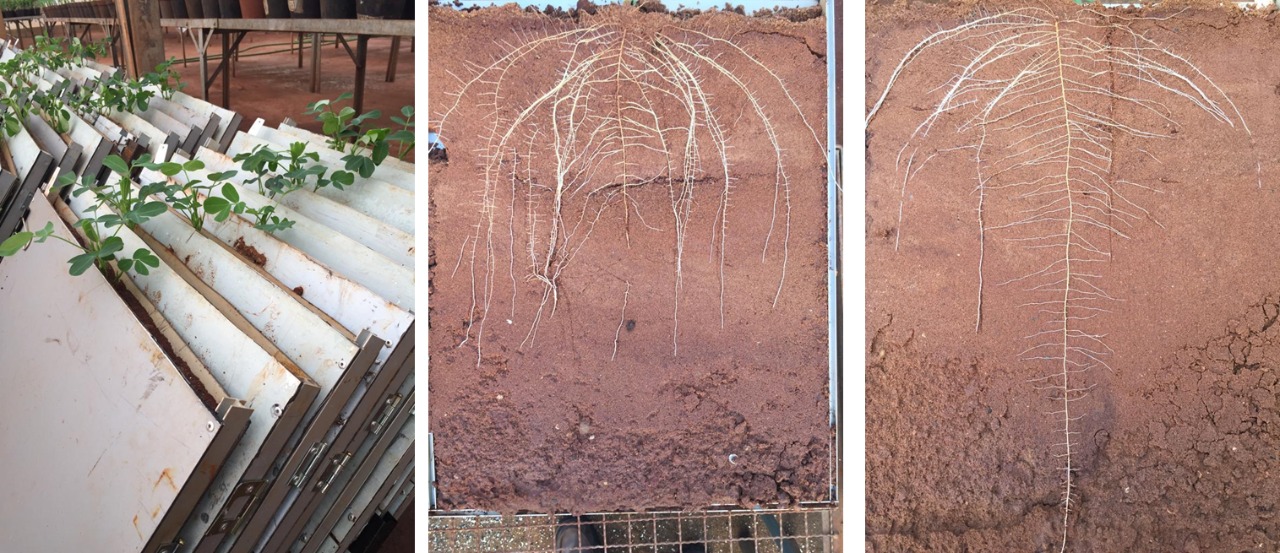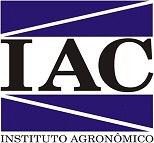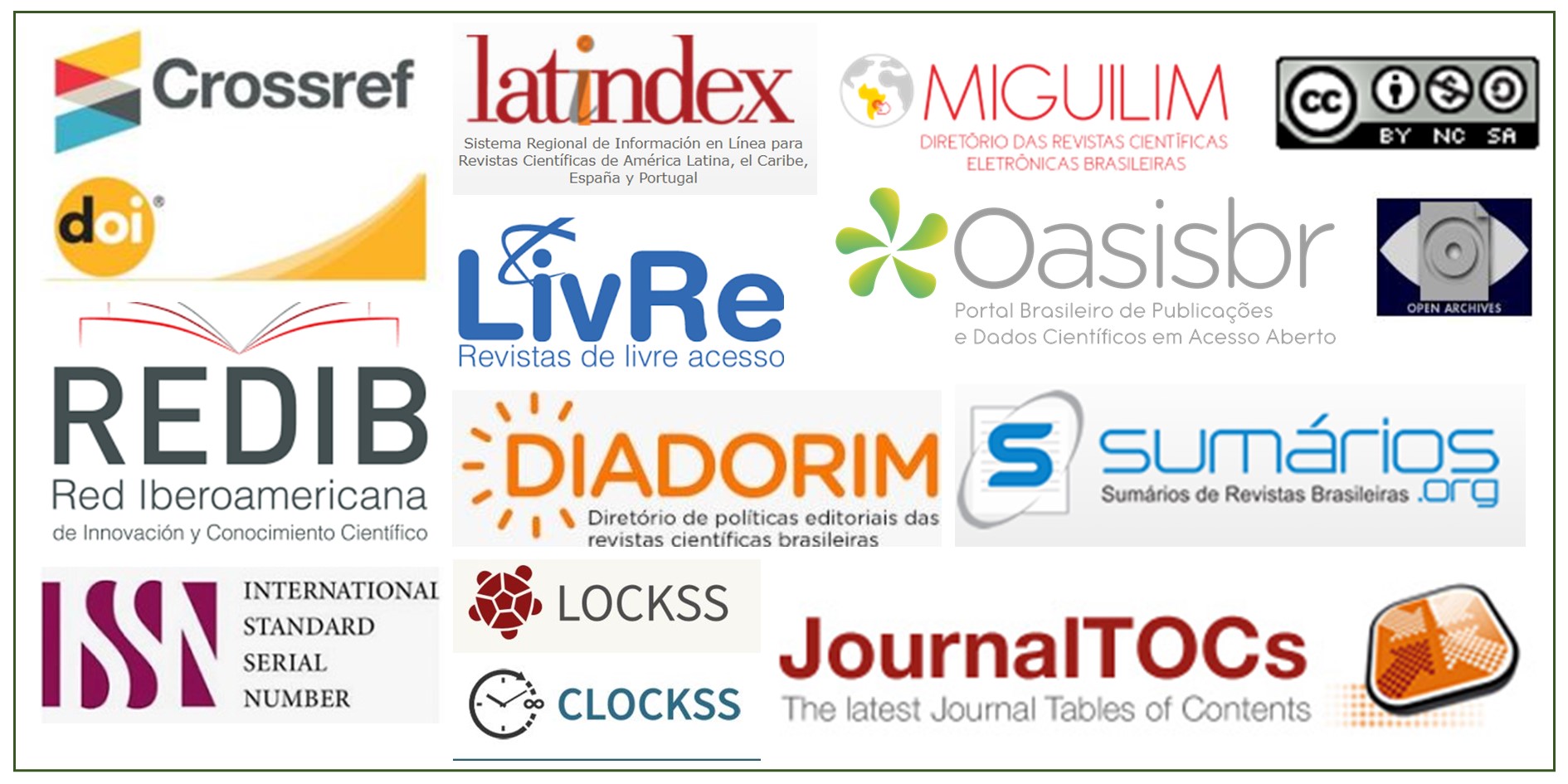Uma abordagem não destrutiva na fenotipagem de raízes de amendoim
DOI:
https://doi.org/10.17648/sas.v1i2.29Keywords:
Arachis hypogaea L., estresse abiótico, melhoramento genético.Abstract
For peanut, although there are efforts that address the characterization of the architecture and robustness of its root system, most of these approaches are dependent on destructive and highly demanding procedures in manpower. In this sense, our puporse was to demonstrate the practicality, precision and possibility of non-destructive characterization in peanut roots. The root average diameter, root specific surface area, total root length and root volume of three cultivars and six advanced line which were developed by the Embrapa Breeding Program, and the Granoleico genotype were evaluated. The results obtained show that the cultivar BRS 421 OL showed the best balance between, root average diameter, total root length and root volume among evaluated genotypes (37% and 200% higher than the mean of the others evaluated genotypes, to total root volume and root length, respectively). This cultivar, showed a higher density of secondary and tertiary roots (thinner) in the lower third of its root system. The cultivars BRS 423 OL, BRS 425 OL and 18-2133 OL line stood out in relation to the average and require additional evaluation. Taking into account their superior performance for the root morphometric evaluated variables, the genotypes BRS 421 OL, BRS 425 OL and 18-2133 OL are already being cultivated under field conditions (2019/2020, growth season), where these variables will be evaluated aiming to confirm their initial performance.
Downloads

Downloads
Published
How to Cite
Issue
Section
License
Autores concordam com os seguintes termos:
a) Os autores mantêm os direitos autorais e concedem à revista o direito de primeira publicação, com o trabalho simultaneamente licenciado sob a LicençaAttribution-NonCommercial-ShareAlike 4.0 International, que permite o compartilhamento do trabalho com reconhecimento da autoria e publicação inicial na Revista SAS. A licença permite o uso, a distribuição e a reprodução irrestrita, em qualquer meio, desde que devidamente citada a fonte. Essa licença permite também que outros remixem, adaptem e criem a partir do seu trabalho para fins não comerciais, desde que atribuam a você o devido crédito e que licenciem as novas criações sob termos idênticos.
b) Não cabe aos autores compensação financeira a qualquer título, por artigos ou resenhas publicados na South American Sciences.
c) Os conceitos expressos nos artigos publicados na South American Sciences são de inteira responsabilidade de seus autores.








